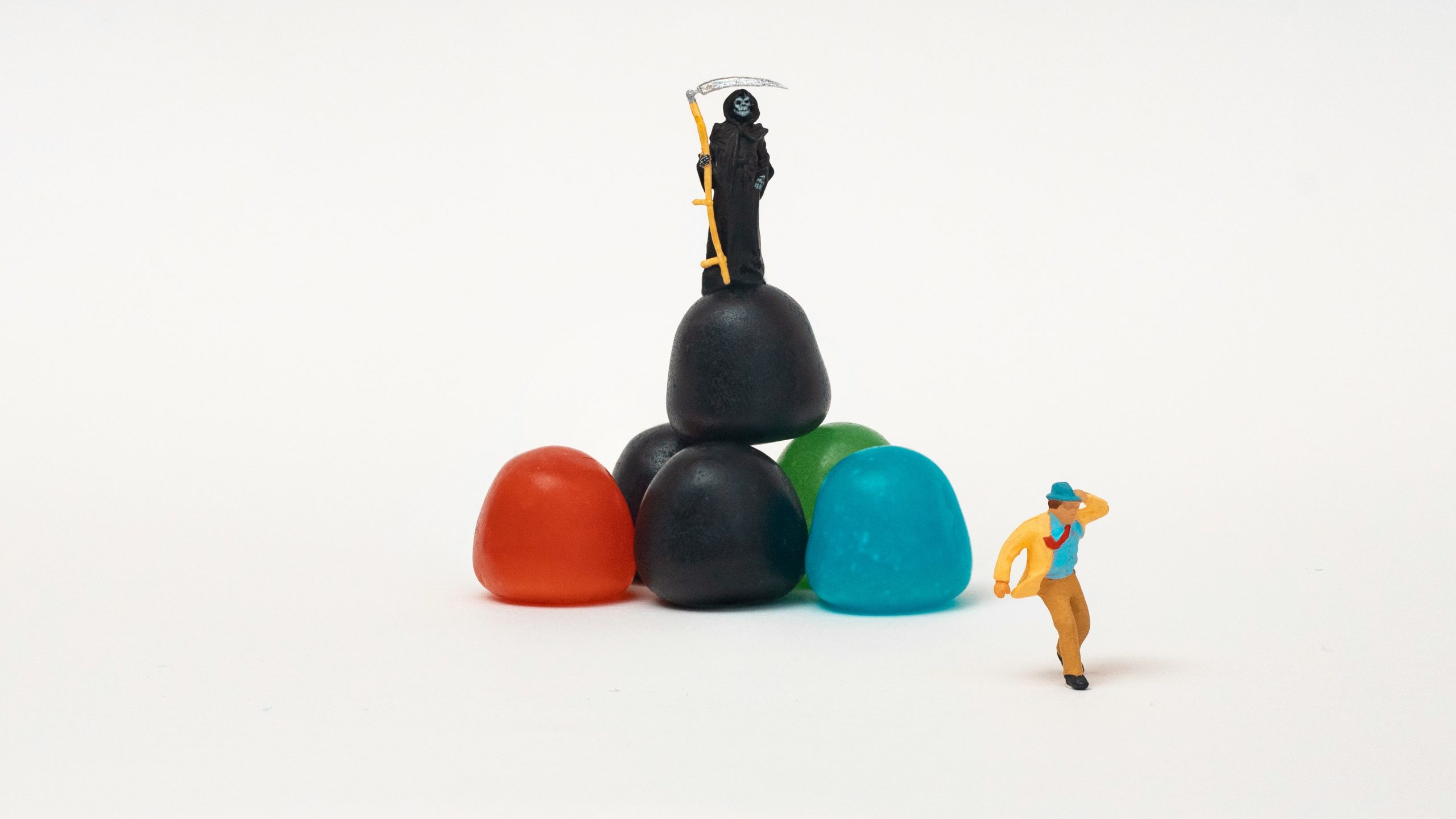To become a master of miniature crafting, you need to have skill, creativity, and attention to detail. It doesn’t matter if you’re just starting or have been doing this for years; there is always room for improvement in your technique that can take what you create with miniatures to new heights. In this article, we will share some professional tips on how to improve your skills in miniature crafting such as mastering intricate detailing and innovative design concepts that will make people admire them.
Mastering Intricate Detailing:
The secret behind making realistic-looking miniatures lies in mastering intricate details. Use fine-tipped brushes, micro applicators, or precision tools so that you can achieve clean lines, small textures, and subtle shading when working on your projects. Take time to look at reference materials and real-life objects for inspiration or guidance. Be patient and precise while doing these little things but also don’t be afraid to try different techniques until you get what effect was desired.
Exploring Advanced Painting Techniques:
Taking painting skills up a notch could greatly increase the realism as well as the visual appeal of any miniature creation. Try out advanced painting techniques like dry brushing, wet blending, or layering which add depth, dimensionality, and richness to models or dioramas made at smaller scales. Learn how colors mix by creating custom shades or gradients that bring life into minis. Keep brushwork consistent throughout all areas painted but also experiment with different styles where necessary.
Innovative Design Concepts:
If one wants their work to stand out among others then one must think outside the box when it comes down to design ideas employed during the creation process itself – this is where innovation plays its part most prominently within the field of miniatures crafting too! For example: forced perspective; modular construction; mixed media approaches etcetera – these are just a few examples of what could be done differently from traditional methods used previously in making miniatures.
Attention To Scale And Proportion:
Another important aspect worth considering while making miniature worlds is maintaining the correct scale and proportionality between different elements present within such environments. Always ensure that everything used in creating scenes or dioramas is proportional not only to each other but also overall composition being worked on. Use reference materials alongside scale models as guides for visualizing designs before actual construction begins. Measure twice cut once – always strive for accuracy during measurements taken throughout the building process so that all parts fit together perfectly.
Embracing Storytelling And Narrative:
Adding a storytelling aspect to your miniatures can make them more interesting, personal, and emotionally engaging too! Spend some time developing characters’ backstories or plotlines behind various scenes depicted through these small figures; use symbols along with other visual cues that help convey messages intended by creator(s). Incorporate props like accessories etcetera which aid in telling stories while at the same time capturing the viewer’s imagination about what might have happened before/after certain events occurred within a given context. Let creativity flow freely when coming up with tales around different themes represented via this medium – don’t be afraid to let your personality shine through!
Conclusion:
To improve your miniature crafting skills, you need to be dedicated, practice often, and be ready to think outside the box. You can create small wonders that will amaze people if you learn how to pay attention to details, use advanced painting techniques, come up with new design ideas, and tell stories through them. It doesn’t matter whether you do it for fun or money; the more effort you put into perfecting this art form, the more beautiful and unforgettable pieces of work you will produce which will bring happiness and awe to everyone who sees them.
